First, though, an update on the cardinal that came in last Sunday: despite a healthy appetite, he checked out on us Tuesday. He never recovered from the paralysis, and his breathing remained labored, but he was alert and hungry…and then, within the space of an hour, he died, poor baby.
Then, on Thursday, a truly nasty day—rainy, cold and just blah—two owls came in from a neighboring county. While the same person brought both, she was transporting one for her local vet clinic, where the bird had been sitting since the beginning of the week while they tried to play rehabber. Folks, let me state right now, a vet clinic is no place for a wild animal long-term. Barking dogs and yowling cats can cause enough stress to kill wildlife. It was not a smart move to house the owl in that clinic while they played rehabber, especially not with three federally licensed raptor rehabbers within an hour’s drive north, south and east of them.
This great horned owl has a massive eye injury; when I took him to Smalley’s Thursday afternoon, vet Jim Hobby said nothing looked displaced in the eye, although it was hard to be certain, as there was still a lot of blood, making it difficult to see the retina. We’re treating the eye and hoping for at least a partial recovery of vision in it. At least he had no fractures.
Jim also examined him and again, this lucky bird also had no fractures, but both his eyes were filled with blood and very cloudy. The lenses and retinas seemed okay, as best Jim could tell through the blood, so once again, it was a matter of giving the bird time to get over the concussion. He’s still a bit loopy—head trauma can take time to resolve—but he is opening his eyes a bit more as of today, and they’re looking much clearer.
At any rate, Jim agreed that the wing pellet shouldn’t be interfering with flight unless it had severed a tendon or ligament, which wouldn’t show on an x-ray, or was pressing on a nerve—again, not visible on an x-ray. We briefly discussed the possibility of surgery to remove the pellet to see if it would help; we’re keeping that on the table as an option.
Every decision we make concerning food, housing, overwintering, release, medical treatment, etc., is made with the best interest of the wildlife in mind. The goal is to give each animal the best chance at survival after release, and we take that very seriously.
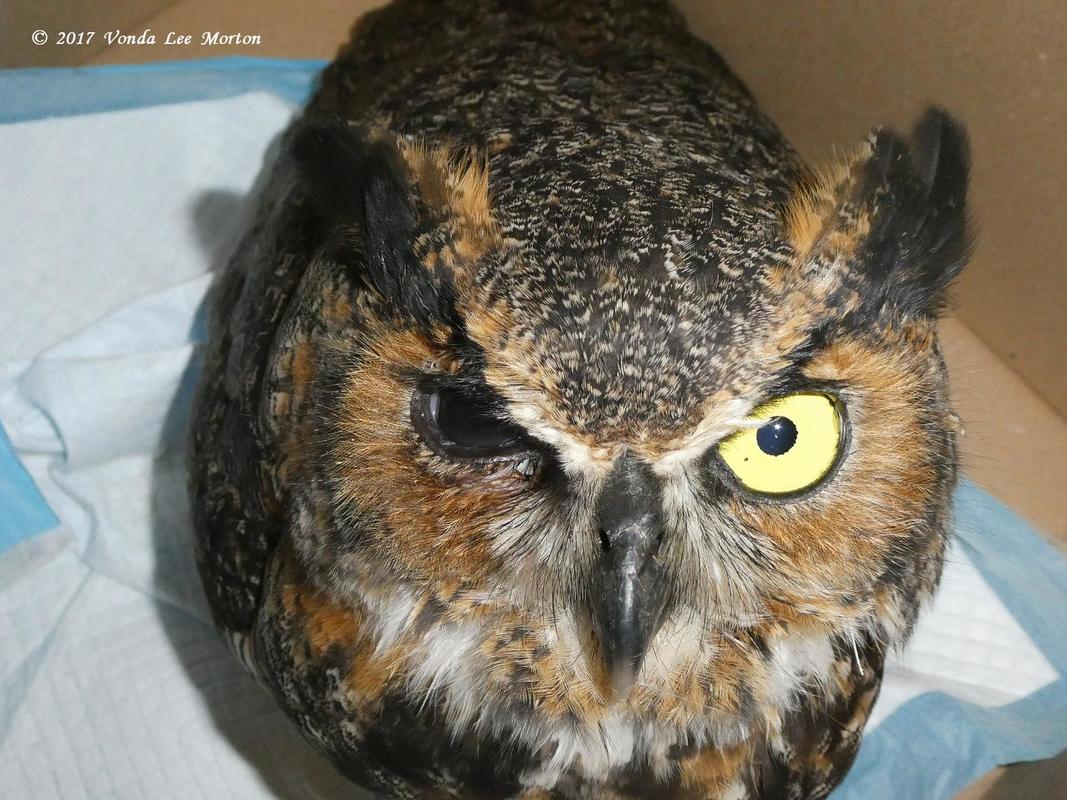
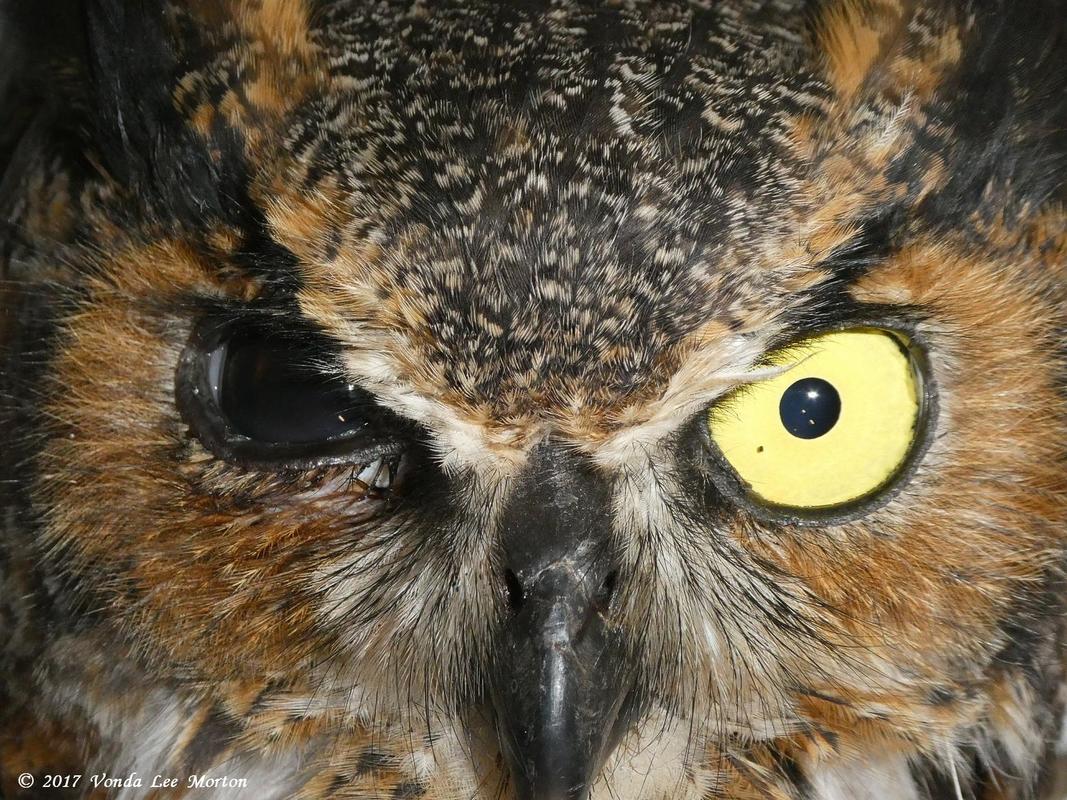
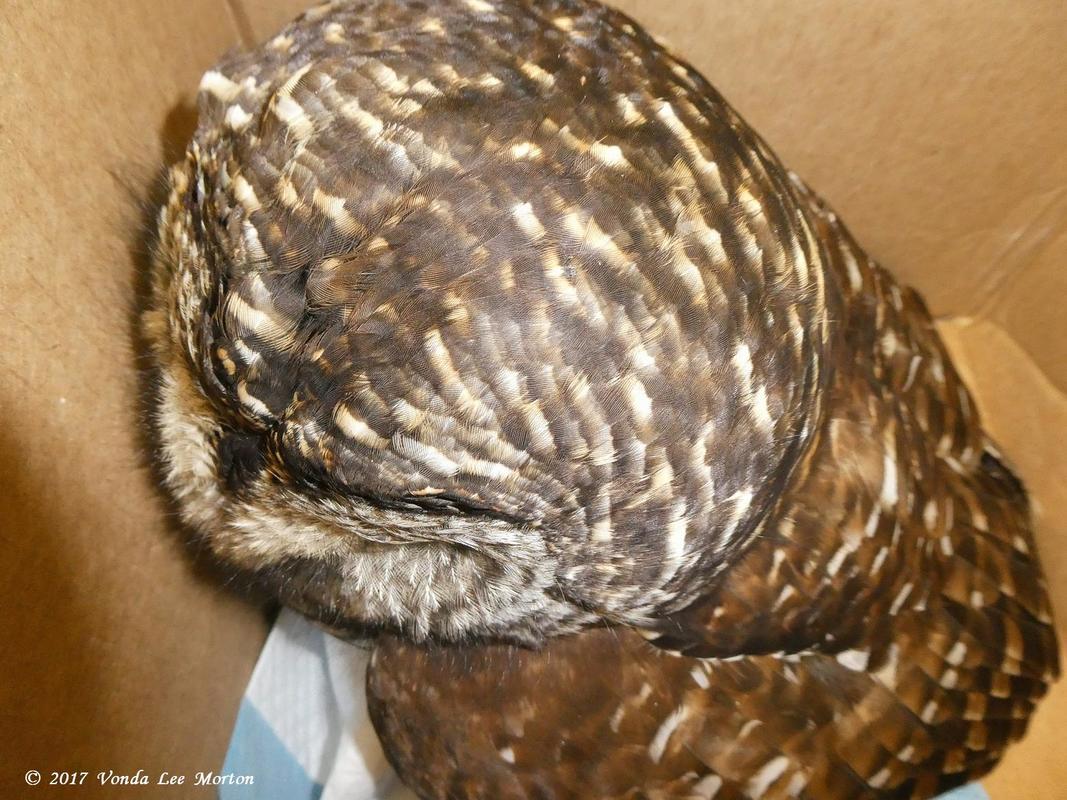

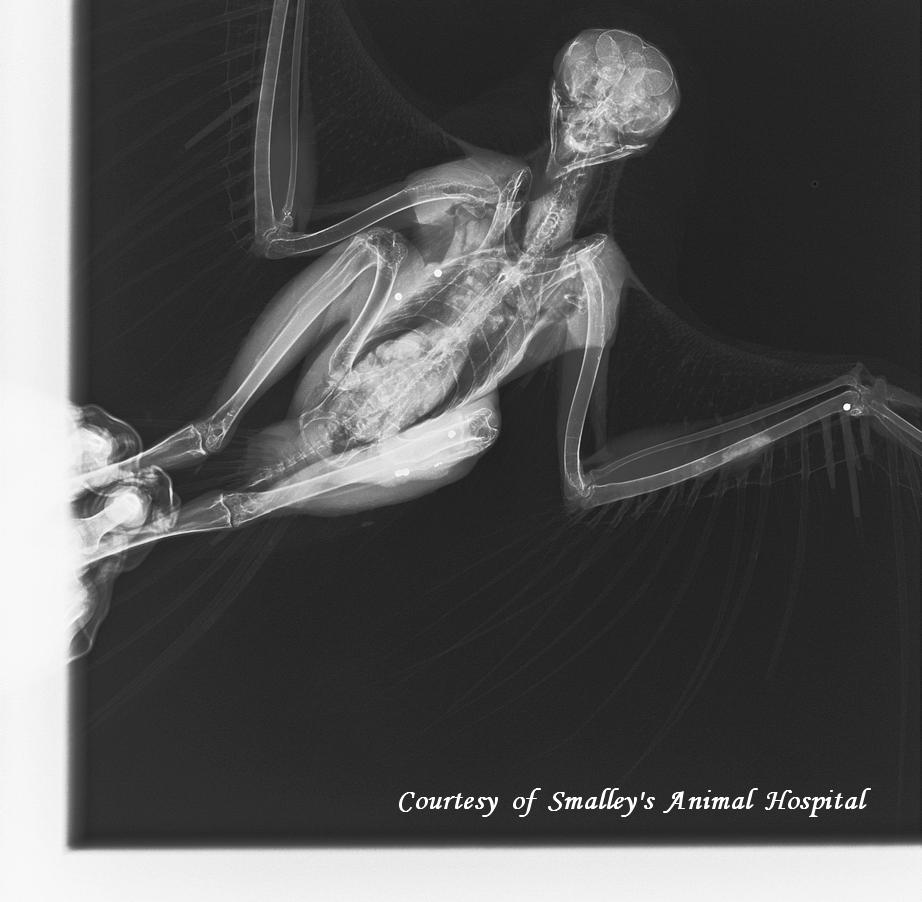
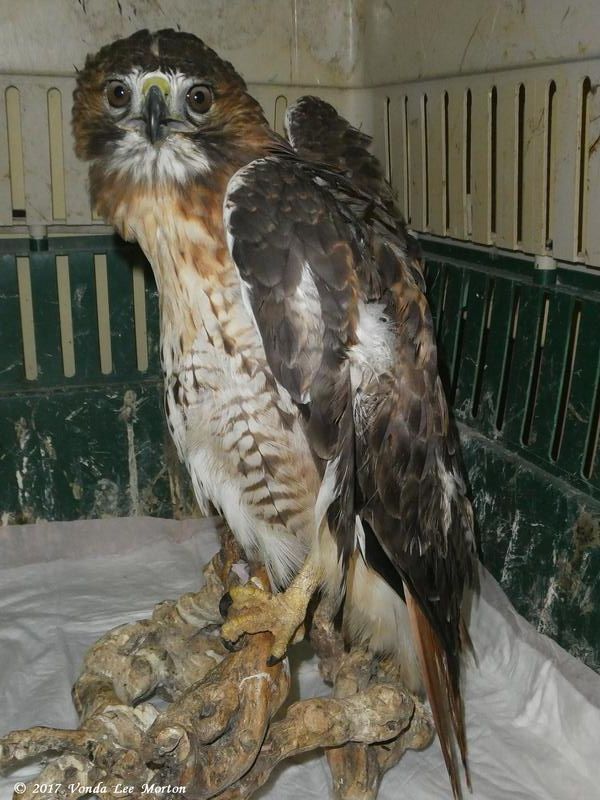
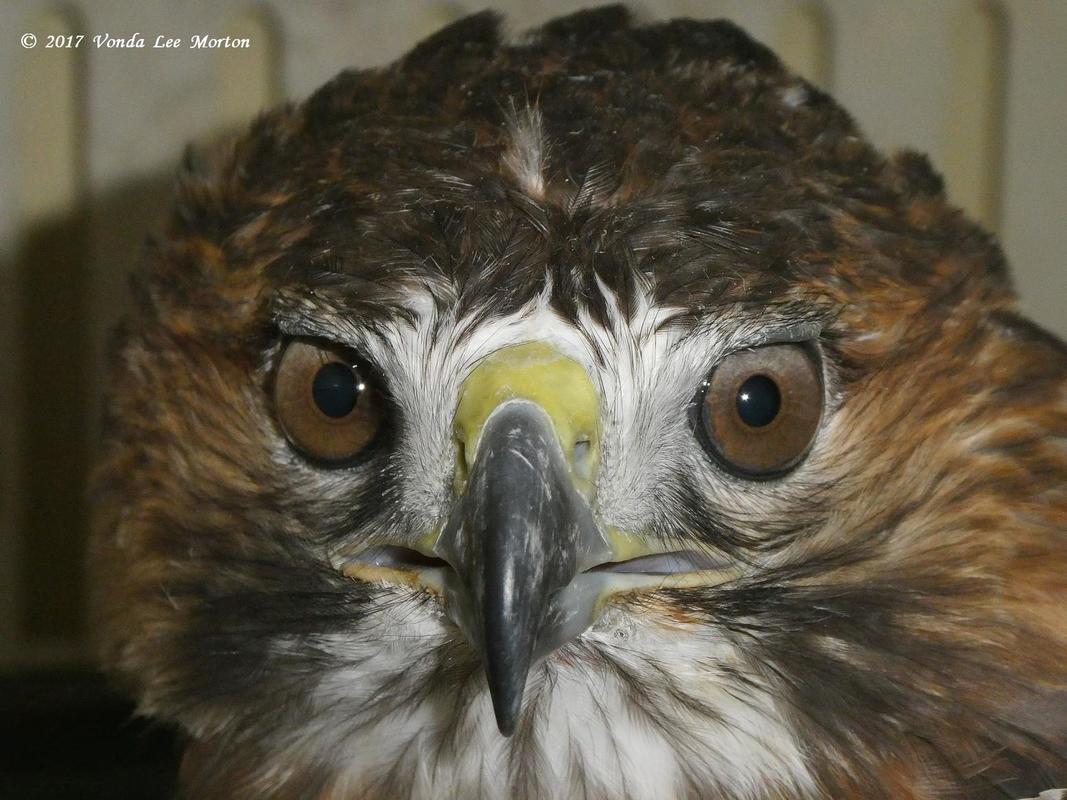
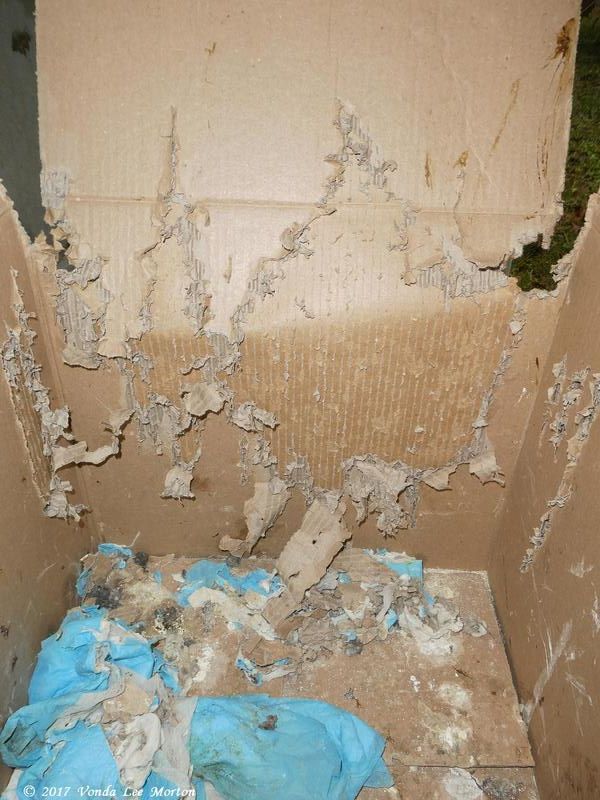
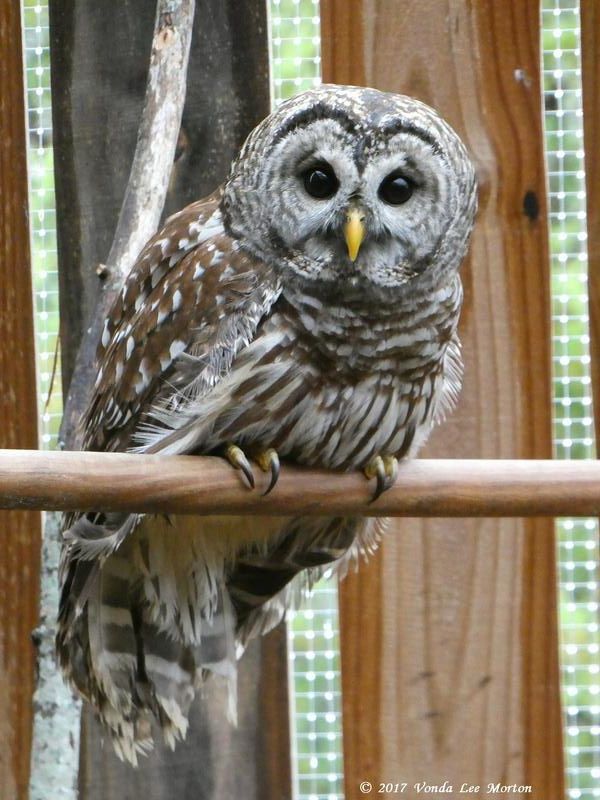
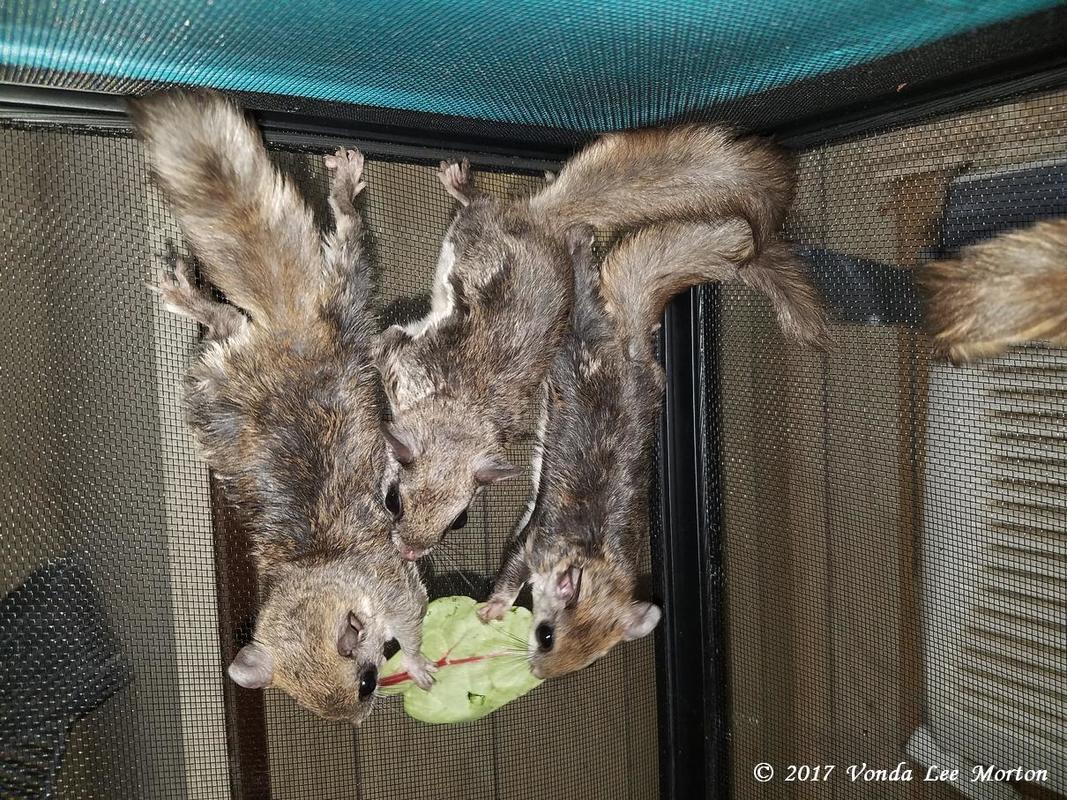
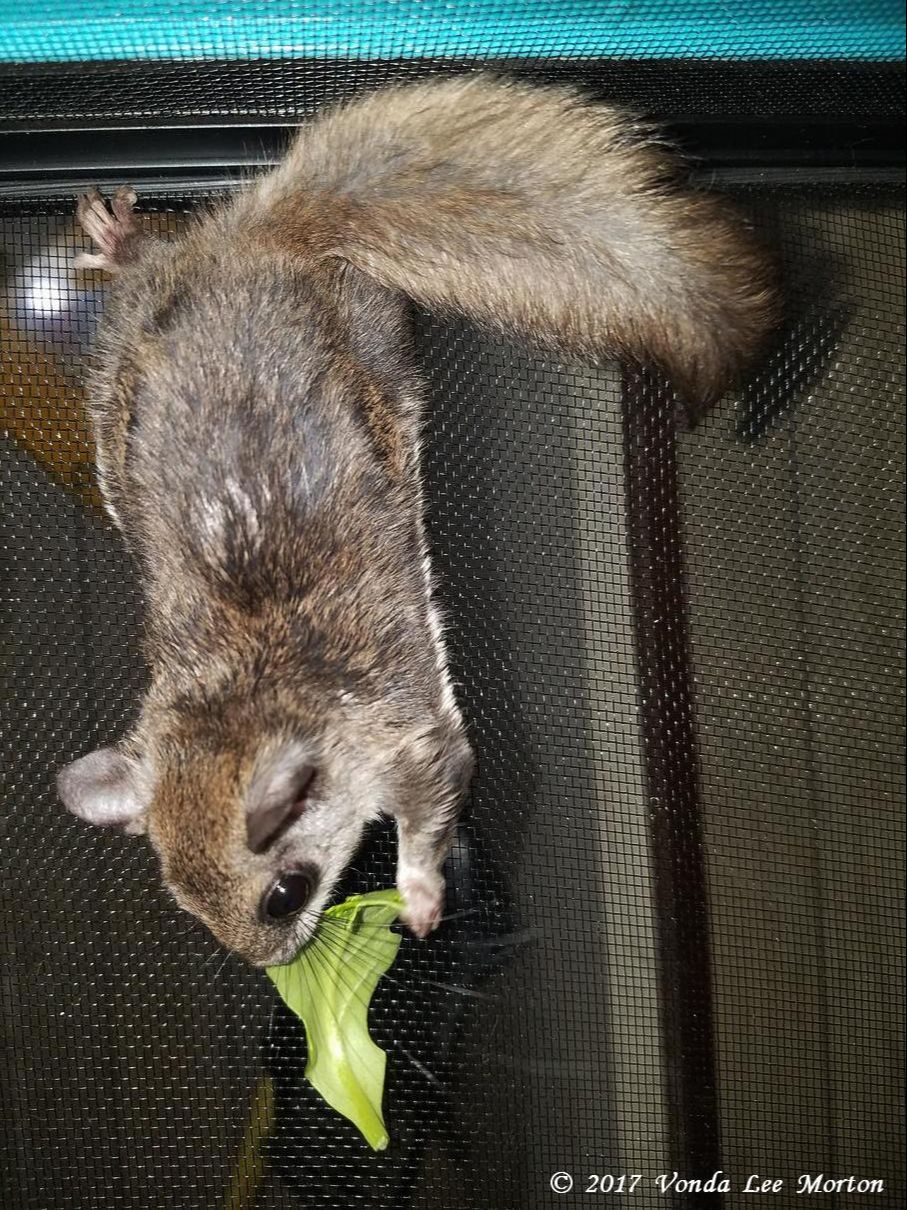
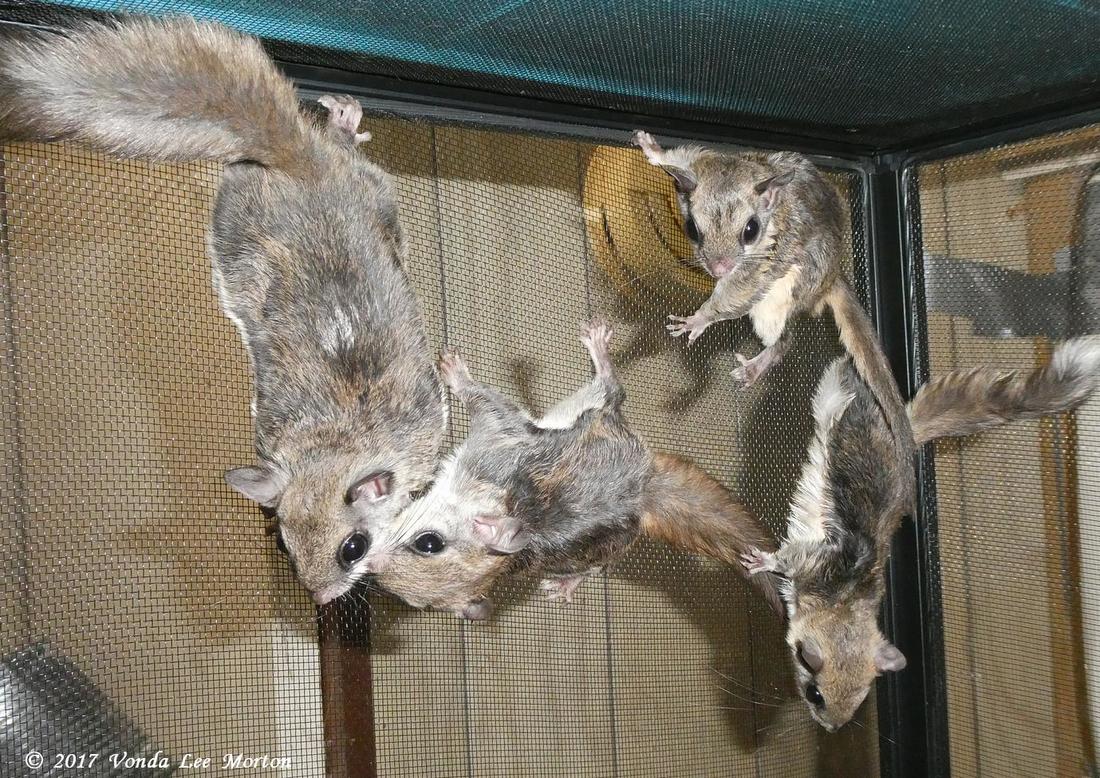
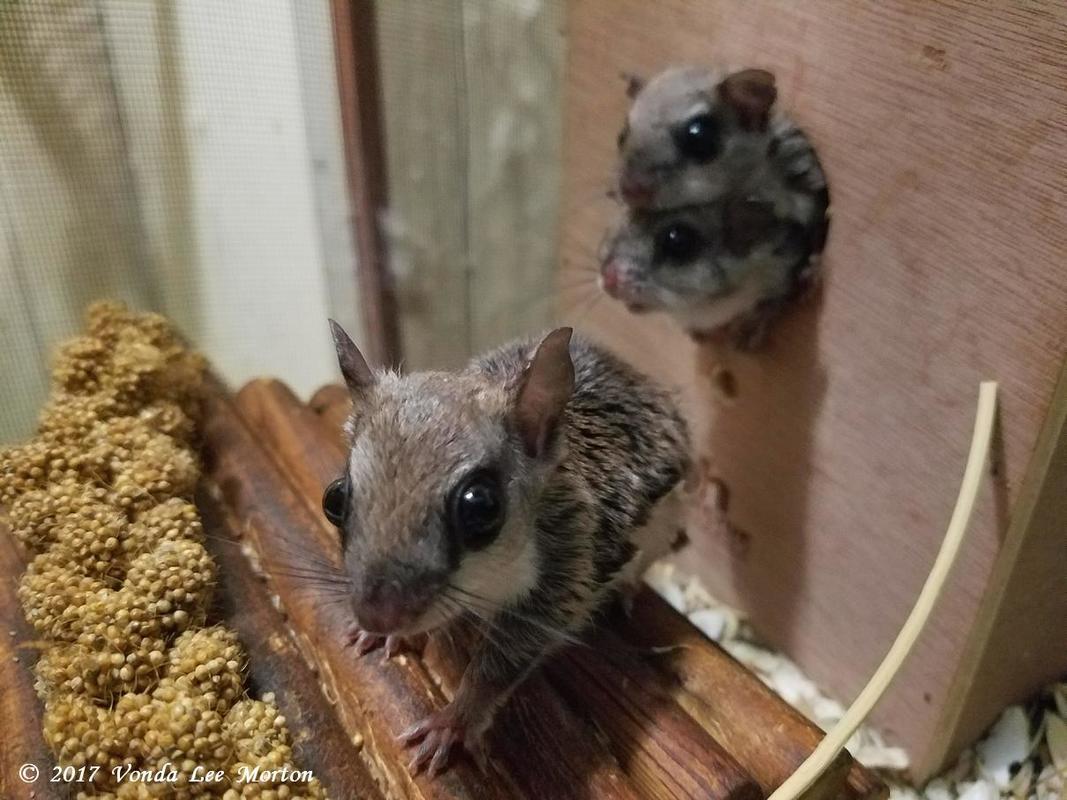

 RSS Feed
RSS Feed
